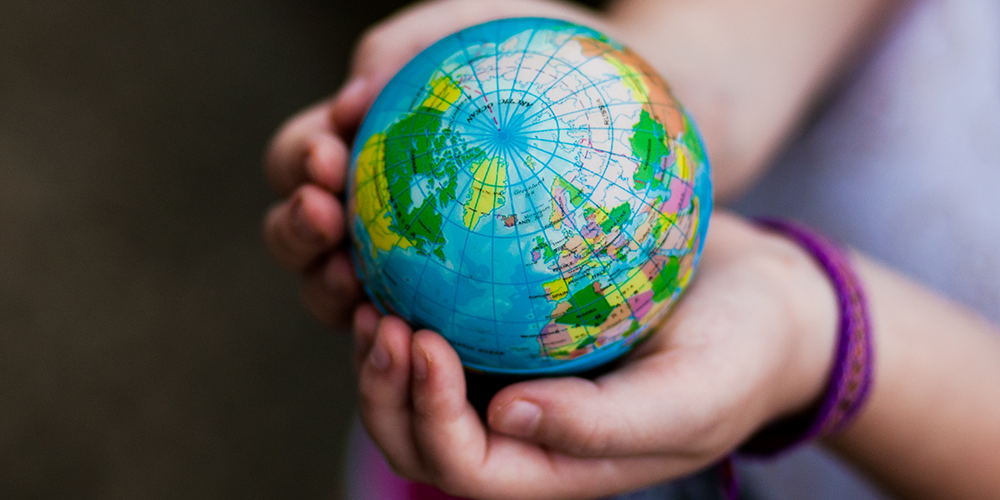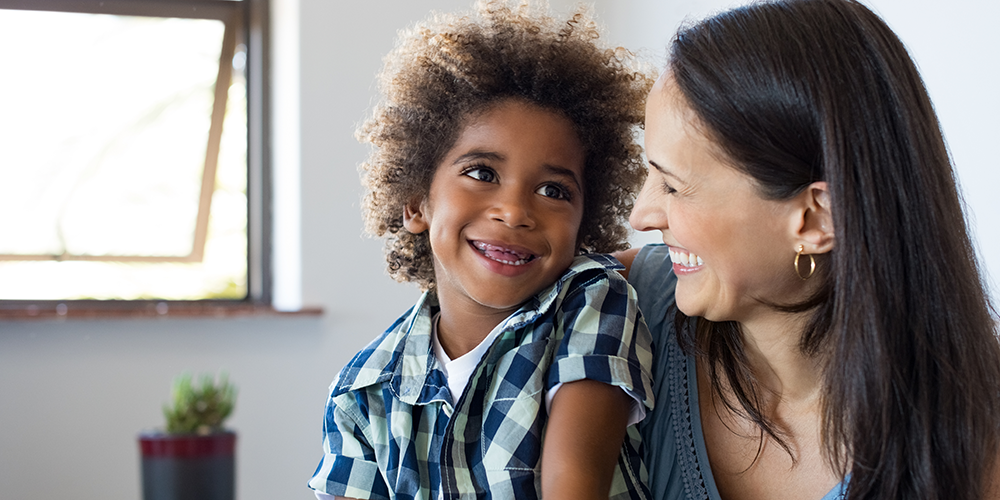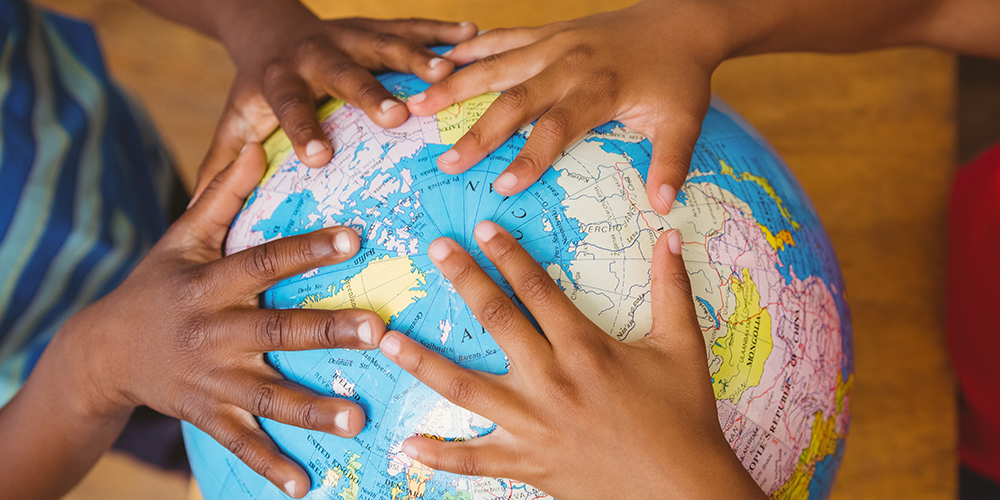What You Need to Know before Adopting Transracially
“She’s beautiful. Is she adopted?”
I’m honestly still not sure how I’m supposed to react or respond to that question, one my wife Tara and I hear quite often. Tara is white and I am of mixed ethnicity though more often than not, I appear white to those who don’t know me. We have two daughters, Kaylin (who is white) and Julia (who is black). Both were adopted. But that commonly asked question is always in reference to Julia.
When you’re a transracial family, you will naturally draw attention because you are visually set apart. This is not necessarily a bad thing. For a myriad of reasons, people are fascinated and intrigued by families comprised of more than one race. Most people simply have curious questions that Tara and I enjoy answering and discussing. However, you should never feel compelled to share any personal info that makes you uncomfortable. You don’t owe anyone outside of your family any explanations and—most importantly—your child is not a spectacle or attraction.
When planning to adopt transracially, I’d encourage you to keep the following points in mind.
Abandon the Idea of Colorblindedness
The world does not see people in one shade and neither should you. As Rocky Balboa sadly, but poignantly said, “The world ain’t all sunshine and rainbows; it’s a very mean and nasty place.” It’s vitally important to be aware of stereotypes pertaining to your child’s ethnicity and build awareness of them within your family. Ignoring their existence benefits no one.
One of the most painful lessons we’ve begun teaching Kaylin (who’s four years older than Julia) is that she will encounter people who will vocally try to discredit her relationship with Julia based solely on their differences in skin color. And when Julia is old enough to understand, we’ll teach her the same in hopes of solidifying the sisterhood between our two girls and enabling Julia to be better prepared to deal with the challenges that will inevitably come her way.
The notion of colorblindedness also does a disservice to the legacy of your child’s race; adopting transracially should compel you to be a lifelong student of your child’s ethnic culture. Additionally, people of color have endured (and continue to endure) crushing hardships and injustices that should be reflected upon with tragic reverence. Training your child to live life through your own skin color does them much more harm than good in the long run.
Make Positive Connections with People of your Child’s Race
Maybe you’re not already friends with people who share your child’s race (or the race of the child in which you plan to adopt). Don’t fret. Make the decision to respectfully reach out now with a teachable attitude. Maybe you’ve already established these relationships. If so, great. If they are willing, these men and/or women could end up being real life role models for your child, as they may naturally resonate with your child’s ongoing life experiences. If your relationships deepen, they may also be the very people you go to for parenting advice and wisdom. In other practical circumstances, they might be able to provide you with valuable insight on proper hair and skin care (which, depending on your child’s race, you will need to take the time to learn).
All of this may seem daunting at first; after all, most of us like to think we can nail down this parenting gig without outside help. But your child’s physical and emotional wellbeing are more than worth the effort.
Not Everyone Should Adopt Transracially
Adopting (or even thinking about adopting) outside your family’s race will bring along its set of challenges. One of them is the ignorant babble of people who think they mean well but end up doing little more than dropping self-serving guilt trips. I personally found it rather interesting that (at least in my experience) the people most critical of those who want to adopt but are not prepared to do so transracially are those who share the same skin color as their spouse and have no plans to adopt.
Simply put, adopting any child is emotionally, financially, and practically difficult enough; you gain nothing by listening to naysayers. Adopting transracially is an absolutely incredible way to grow your family and I highly encourage it, but it’s a decision that should never be made out of guilt, pity, or the mere hope of being placed with a child faster. If you find yourself wanting to pursue transracial adoption for any of these reasons, it may be wise to reevaluate whether or not it’s in your family’s best interests. Keep in mind, a child of a race other than your own who’s been placed in your family has no choice in the matter. You do.
While no one can create a perfect family free of conflict, you owe it to your child (and yourself) to make sure you’re doing this for the right reasons and that you’re as prepared as you can be to offer your child the greatest amount of tangible love and support through all stages of development.








